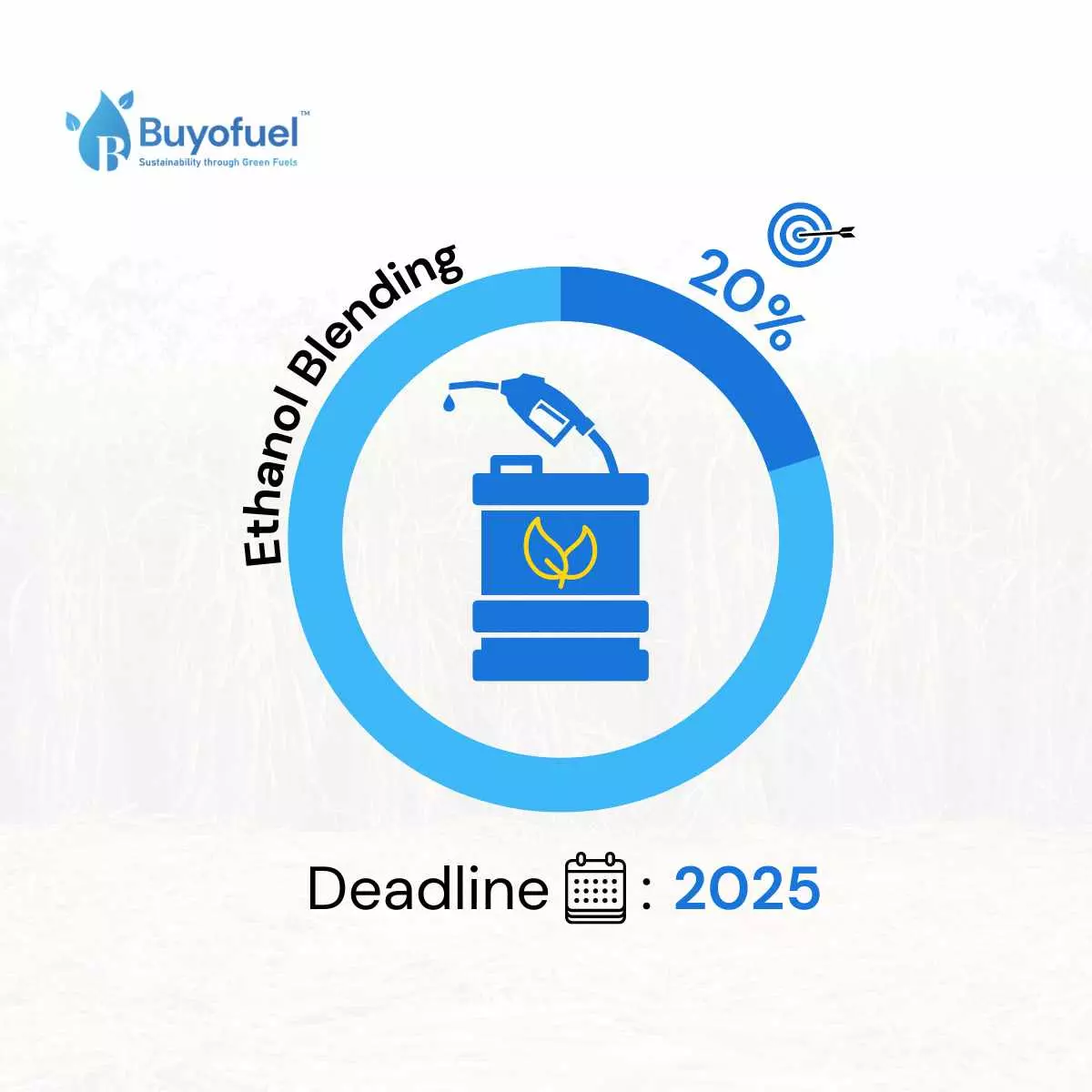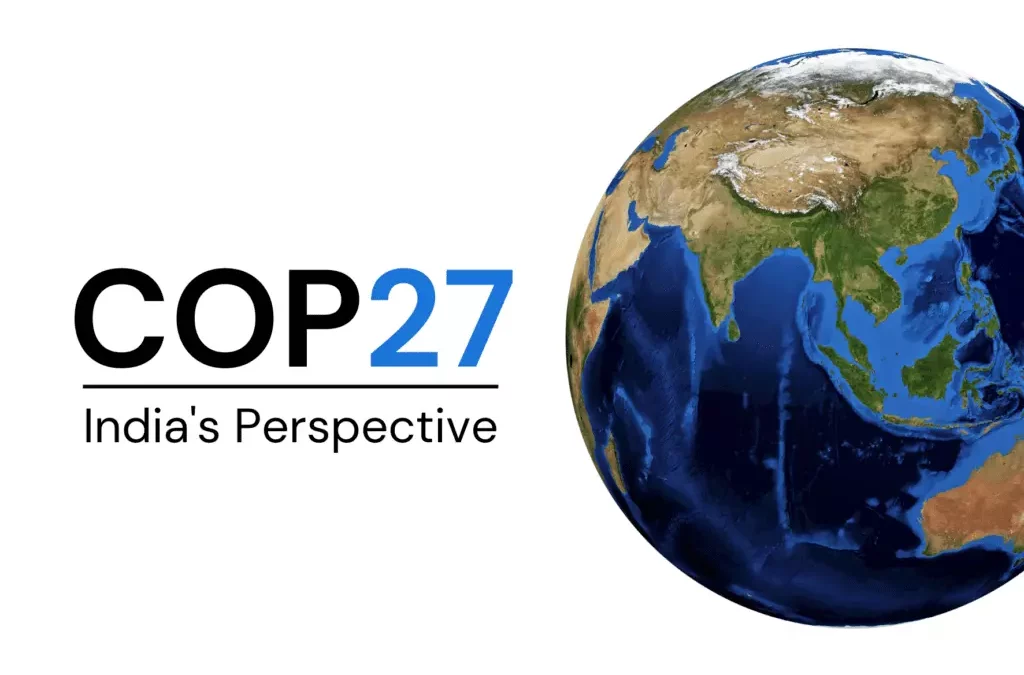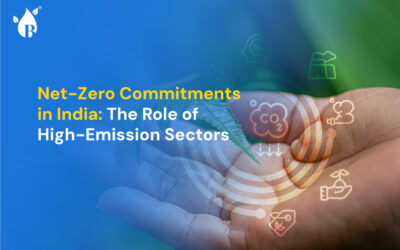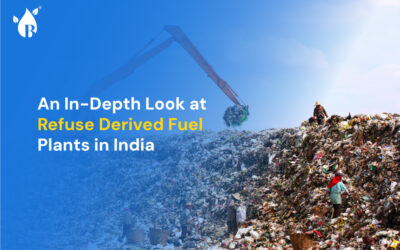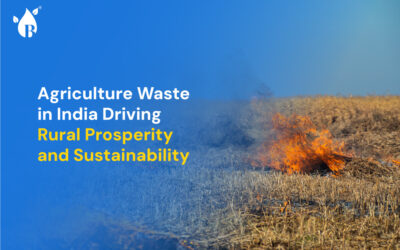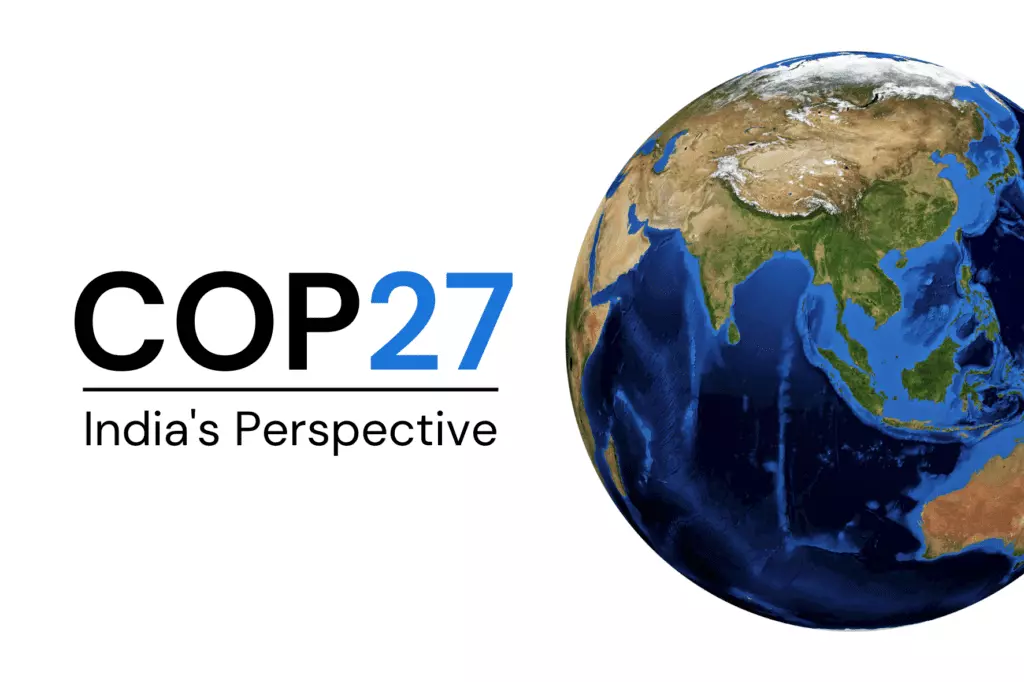
A landmark resolution to formulate and execute a loss and damage fund was made at the 27th Conference of the Parties to the United Nations Framework Convention on Climate Change (COP27) held in Sharm el-Sheikh, Egypt. This deal — a remarkable step since the Paris Agreement — will require developed countries to pay poor countries for the impacts of climate change. Yet, the advancement to phase out fossil fuels failed, instead, the phase-down concept was supported by India and China.
India for the first time submitted a Long-Term Low Emission Development Strategy (LT-LDES) with a seven point agenda and an intent to trail towards low carbon pathways. In fact, they began doing so. Utilizing renewable energy for low-carbon electricity generation, judicious use of natural resources to reap energy security, sustainability-focused infrastructure, 10% mandatory biomass co-firing to decouple emission growth in industries, amplifying forest area, boosting technology innovations to curb CO2, and planning for alternative fossil fuels via the optimal energy mix method for low carbon transport by accelerating biofuels, especially ethanol blending, electric vehicle penetration, and green hydrogen consumption.
Furthermore, LDES will also focus on the PAT scheme, the National Hydrogen Mission, high-level electrification, forming a circular economy, and exploring hard-to-abate sectors.
Significantly, 10% ethanol blending was achieved five months ahead of schedule and will likely reach 20% ethanol blending well ahead of the April 2023 target, demonstrating India’s progress and commitment to creating a safe planet.
